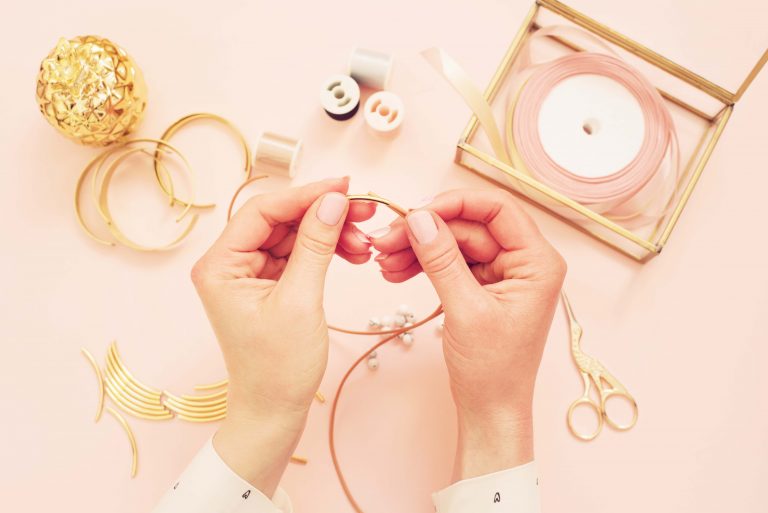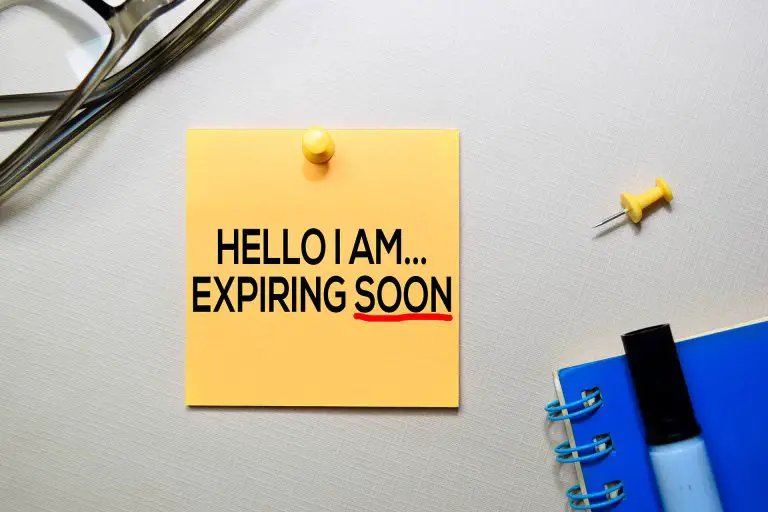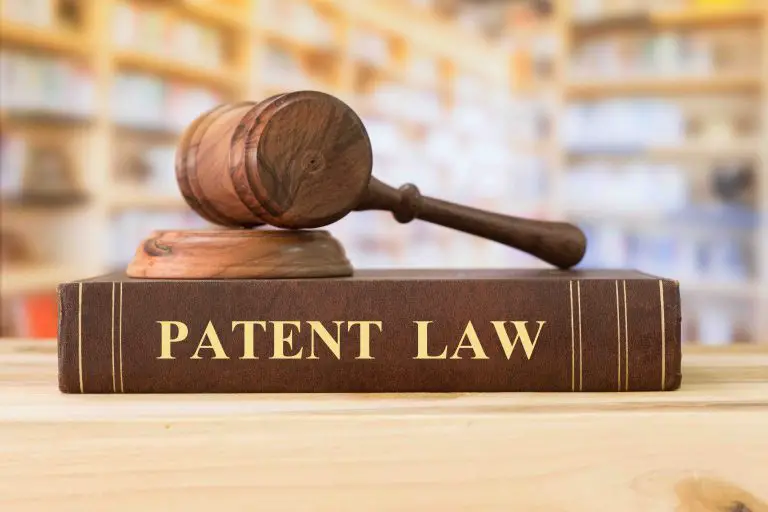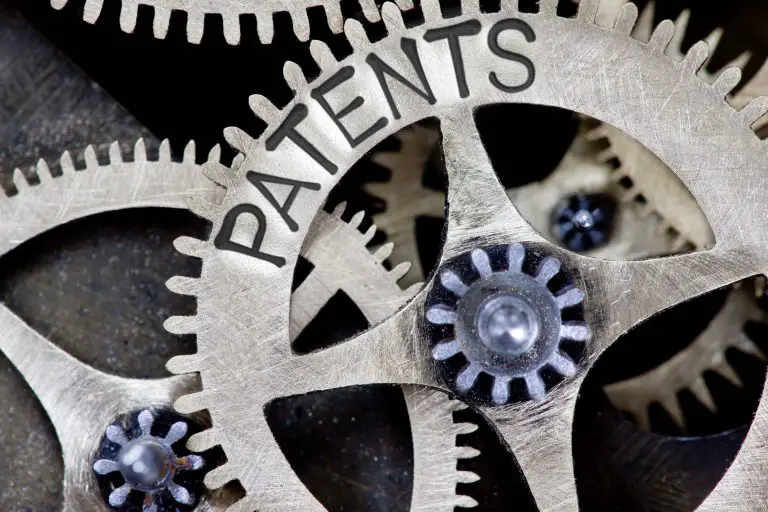How Long Are Patents Good For in the US?
How long a patent is good for depends on the type of patent that an inventor has obtained from the USPTO. Utility patents, design patents, and plant patents are good for different periods of time that we will discuss below. We will also discuss why inventors go through the difficult and costly process of patenting their inventions and products.
How Long Are Patents Good For in the US?
To determine how long a patent is good for in the United States, you need to know the type of patent you’re dealing with because different types of patents last for different periods of time.
We will now discuss how long each of the different patents that the USPTO offers are good for.
1) How Long Are Utility Patents Good For?
Utility patents are good for 20 years from the date that an inventor files a (regular) nonprovisional patent application with the USPTO.
If an inventor files a provisional patent application and subsequently files a nonprovisional patent application, the 20-year patent term begins at the time the nonprovisional application is filed.
That said, utility patent applications filed before June 8th, 1995 last for 20 years from the filing date of the patent application or 17 years from the issue date of the patent, whichever is longer.
2) How Long Are Design Patents Good For?
Design patents are good for 15 years from the date the USPTO issues or grants a design patent application.
Note: Design patent issued from design patent applications filed before May 13, 2015, last for 14 years from the date the patent office granted the design patent application.
3) How Long are Plant Patents Good For?
Plant patents are good for 20 years from the date an inventor files a nonprovisional patent application to patent his new, asexually reproduced plant species.
Once a plant patent expires, anyone can use, make, or sell the patented species without having to obtain the patent holder’s express permission to do so.
4) How Long Are Patents Good For After Filing a Provisional Patent?
Provisional patents are good for 12 months from the date that they are filed with the USPTO.
If an inventor files a utility patent application and obtains a utility patent after filing a nonprovisional patent application, the utility patent resulting from a previously filed provisional application lasts 20 years from the date an inventor files a nonprovisional patent application that relates back to an earlier-filed provisional application.
On the other hand, if an inventor converts a provisional patent application instead of filing a nonprovisional application that relates back to a provisional application, the filing date to determine how long a utility patent is good for is the filing date of the provisional patent application and not the date of the conversion.
Inventors rarely choose to convert a provisional application into a nonprovisional application, but if you do encounter this situation, you now know to look at the date of the provisional application to measure the 20-year patent term.
Patent Lifecycle in the US
- Having the idea for an invention
- Figuring out how to make the invention and how it works
- Documenting your invention
- Preparing and filing a provisional patent application
- Preparing and filing a regular, nonprovisional patent application within 12 months of filing your provisional application
- Prosecuting your patent
- Patent Grant
- Patent Expiration
Why is the Patent Term Important?
The patent term or how long a patent is good for is important because while a patent is in effect (patent term has not expired), an inventor can stop others from using, making, selling, and importing the patented invention to the United States.
Said differently, no one can use, make, sell, or import the patented invention to the United States without first obtaining the patent holder’s express permission.
This allows an inventor to control who uses, makes, and sells the patented invention or product.
Since an inventor is able to control who uses or sells his invention, he can either sell his invention to a third party or he can license its use to others in exchange for an agreed-upon fee or royalty.
Can Patents Be Renewed After They Expire?
Generally, patents cannot be renewed once they expire. That said, to determine whether a patent can be renewed after it expires, you must ask: why did the patent expire?
If the patent expired because the patent term has ended, it cannot be renewed. For example, if you’re looking at a utility patent that has lived out its 20-year patent life and it has expired, such a patent cannot be renewed.
The same applies to design patents. If you’re looking at a design patent that has been granted for 15+ years, then it has expired and such a patent cannot be renewed after its expiration.
However, utility patents require the payment of maintenance fees to keep them in their grant state. If a utility patent expires for nonpayment of maintenance fees, such a patent can be renewed (for a hefty fee) and will last for the remainder of the patent term.
So, if you want to renew your patent and you know that you can’t but it has permanently expired, you should consider modifying the original invention and patenting the improvements.
That said, the improvements you make must comply with the requirements of patenting an invention for you to obtain an improvement patent.
Why Do Inventors Go Through the Trouble of Obtaining Patents?
If you’ve every patented an invention or a product, then you probably know that obtaining a patent is a long, complicated, and costly process. So, why do inventors go through the trouble of patenting their invention(s)?
Inventors patent their inventions because US Patent Law allows them to control who uses, makes, sells, or imports their invention to the United States.
As a patent holder, an inventor can stop others from using, making, or selling the patented invention or product without the patent holder’s express permission.
These rights allow inventors to profit from patenting their invention because they have the exclusive right to sell the patented product and license its use to others.
If the product has a market, an inventor could become the only person offering the product for sale without having to worry about competitors copying the product and selling their own version of it.
This is so because utility patent protect the function of a product. Since they protect the function, even if a patent holder’s competitors were to make a product that looks totally different but works the same way, the patent holder will be able to stop others from making and selling a competing product that works the same way even though it looks different.
Also, many inventors choose to license the use of their invention or technology to third parties in exchange for an agreed-upon royalty or fee, allowing them to profit from their invention without having to spend tons of money marketing it and selling it.
How Long Does it Take to Get a Patent?
Now that we know how long a patent is good for, how long does it actually take applicants to get a patent?
According to data that we obtained from the USPTO, it takes applicants 24 months to get a utility patent and 20 months to get a design patent.
That said, there are ways to expedite your patent application, be it a utility patent application or a design patent application.
Utility patent applications can be expedited through Track One, which is a service offered by the USPTO for an additional fee. Track one promises to get applicants a decision on their application within 12 months, however, there are some reports of decisions being made in as little as 6 months.
Design patent applications can also be expedited through Rocket Docket, which is a service that the USPTO also offered for an additional fee. Although Rocket Docket promises to give applicants a decision within 12 months of filing a patent application, some inventors report obtaining a patent on their design in as little as 4 months.
So, if you have an invention or product that you want to patent as quickly as possible, there are some options that you can take to do so.
Different Types of Patents (Which One is Right For You?)
Utility Patent
A utility patent protects the functional aspects of an invention. Said differently, it protects how an invention works and how it achieves the desired result.
For example, if you wanted to patent a new type of nail clippers, you would want to obtain a utility patent to protect how it clips nails.
Utility patents are the most valuable patent that you can obtain because they offer broad protection.
Design Patent
A design patent protects the aesthetics of an invention. Said differently, design patents protect how your invention looks. This type of patent is different from a utility patent that protects how your invention looks.
Design patents aren’t as strong as utility patents because competitors can design around your product, making it look different and they wouldn’t be liable for design patent infringement.
This is where utility patents come in handy. If you have a utility patent and a design patent protecting your invention, even if your competitors where to make a product that looks totally different from yours but works the same way, you will be able to stop your competitors from making the invention because utility patents protect how the invention works without regards to how it actually looks or appears.
Plant Patent
A plant patent is a special patent that is granted to inventors who produce new plant species by asexual reproduction. Said differently, to obtain a plant patent, an inventor must have a new type of plant species that he can reproduce through means such as rooting, grafting, or budding.
If an inventor is able to patent his new plant species, he will be allowed to stop others from using, making, and selling the patented plant species for a limited period of time of 20 years.
Keeping Your Invention Secret Until You Patent It
Inventors are often times excited about their invention and it’s all they want to talk about. However, we are here to tell you not to talk about your invention until you’ve actually patented it. There are some good reasons for doing so.
In the United States, the USPTO requires that an invention be novel for an inventor to be able to patent it. For an invention to be new, it must not have been publicly disclosed prior to filing a patent application with the patent office.
The USPTO does offer a 12 month grace period to inventors. This grace period allows inventors to file a patent application within 12 months of publicly disclosing or offering an invention or product for sale.
If an inventor does not file a patent application within the 12 month grace period, an inventor will be prohibited from patenting his invention. As such, it is important to keep your invention secret until you are ready to file a patent application with the patent office.
That said, don’t keep your invention secret for too long because the United States has a first to file rule that awards patents to the party that first files a patent application with the USPTO.
We will illustrate the first to file rule.
If you invent a water pump and inventor B invents the same water pump 2 years later but files a utility patent application before you do. Inventor B will be awarded a patent and you won’t be able to patent your invention even though you invented it first. This is so because inventor B filed a patent application before you did.
As such, if you have an invention you are unsure about patenting it, contact an experienced patent attorney in your jurisdiction and ask them about how you should proceed with your own case.
If you need to share your invention with third parties to work on it, make sure to have the parties that you are dealing with sign a confidentiality agreement.
Although a confidentiality agreement does not guarantee that the party will not disclose your invention, it does give you some recourse against a party that does disclose your invention.
Most times, a confidentiality agreement is enough to keep third parties from disclosing your invention.
Frequently Asked Questions
1) Do patents expire?
Yes, patents do expire. Patents do not last forever. In this US, utility patents last for 20 years, design patents last for 15 years, and plant patents last for 20 years. This article covers how long a patent is valid for in much detail.
2) What happens to a patent after it expires?
After a patent expires, the invention falls into the public domain. Essentially, this means that anyone can use, make, or sell the once patented invention without having to obtain the express permission of the previous patent holder. That said, you should contact your attorney prior to using an invention that was once patented to ensure that no other laws protect your use of the invention.
3) Can you renew an expired patent?
Once a patent expires because the patent term has ended, you cannot renew an expired patent. However, if you’re dealing with a utility patent that has expired for nonpayment of maintenance fees, you may be able to renew the patent by reinstating it after paying the past due maintenance fees on the patent.
4) When is a patent effective?
A patent only becomes effective after the USPTO grants a patent application. Prior to the patent office granting a patent application, an inventor cannot stop others from using, making, or selling the patented invention. Once the patent office grants an application, then and only then does a patent holder gain the right to control who uses, makes, or sells his invention without his permission.








